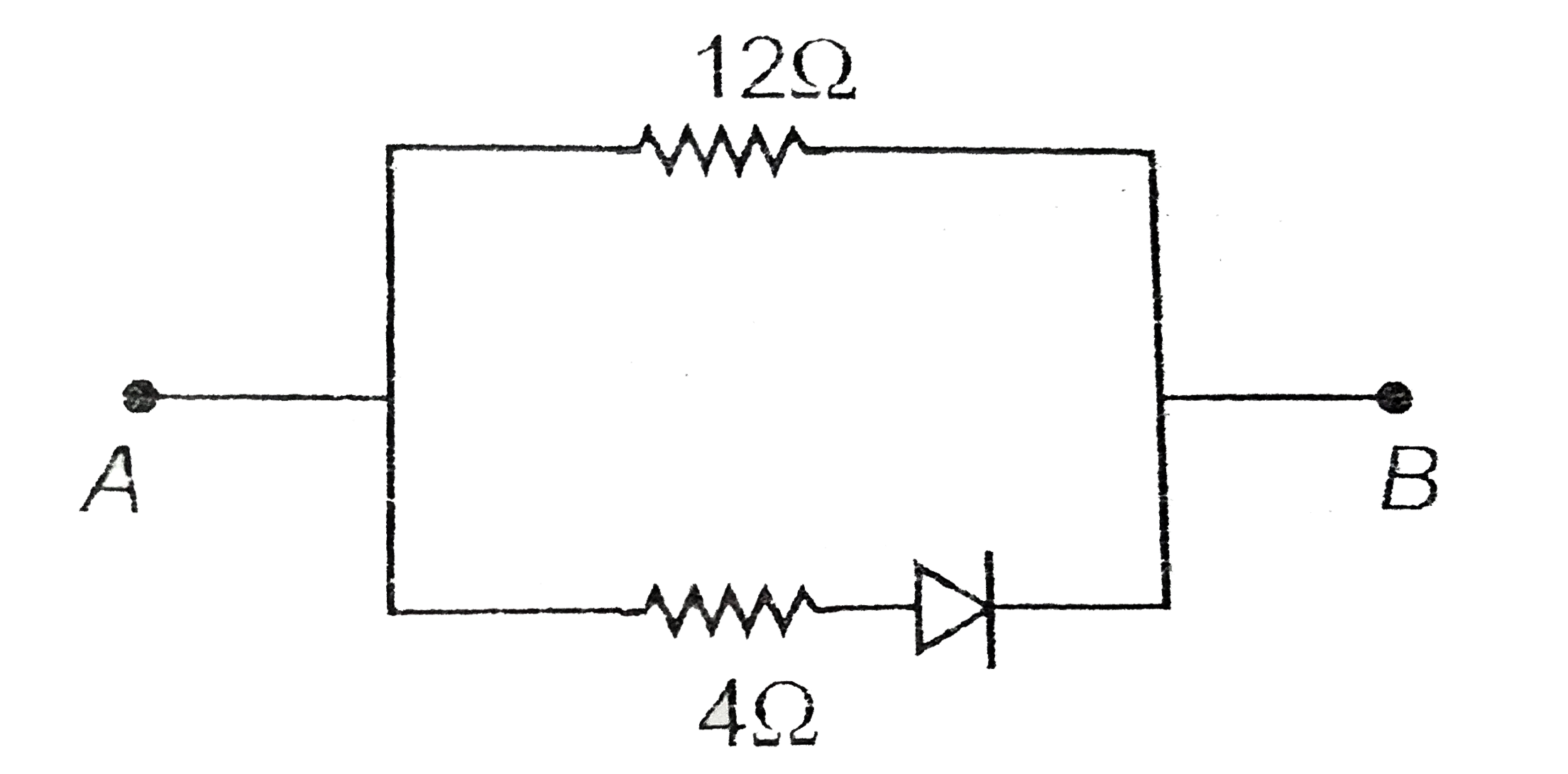In the figure, an ideal flows through the tube, which is of uniform cross-section. The liquid has velocities vA and vB and pressures pA and pB at points A and B respectively.
(i) vA=vB
(ii) vB>vA ltbr gt (iii) pA=pB
(iv) pB>pA.
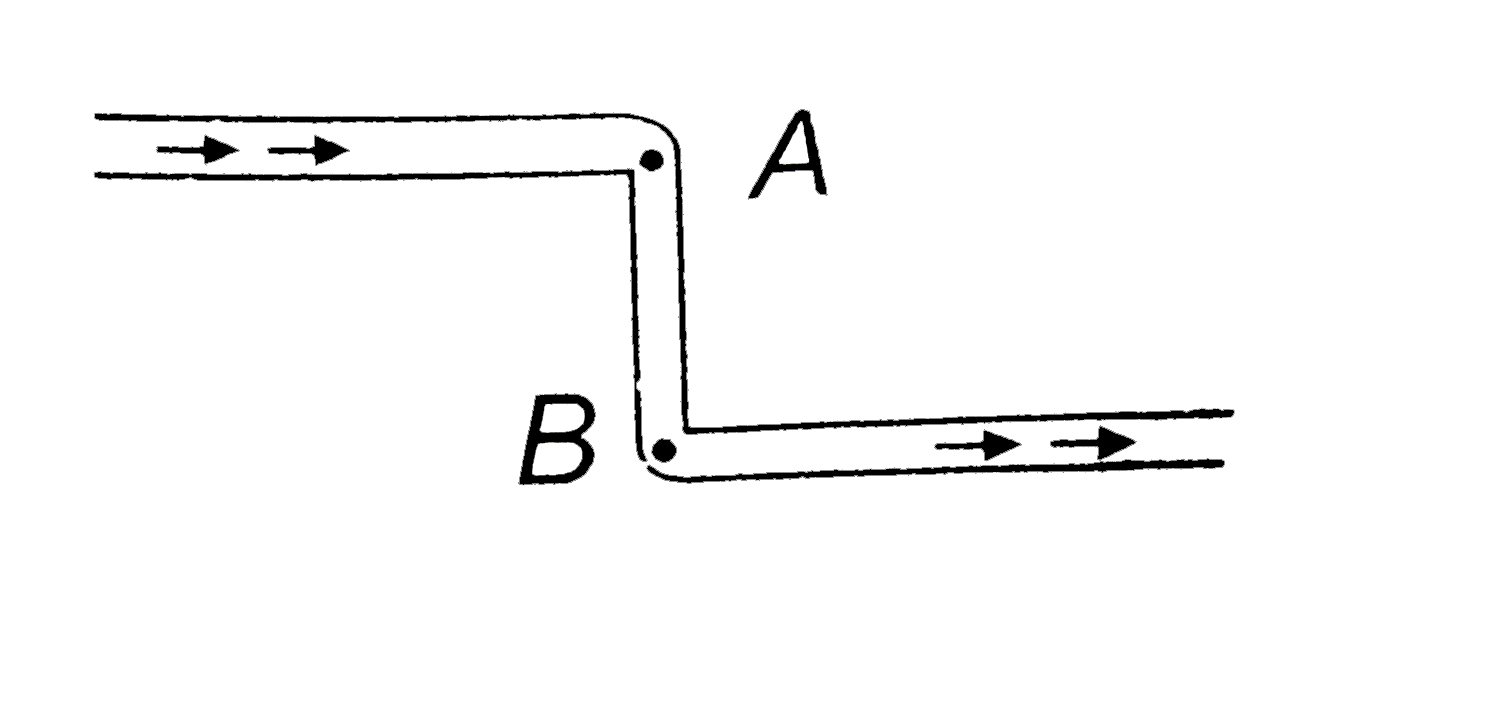 .
.
A
(i),(iii)
B
(i),(iv)
C
(ii),(iii)
D
(ii),(iv)
Video Solution
Text Solution
The correct Answer is:B
Since cross-section is uniform, vA=vB
pA+ρgh=pB.
|
Topper's Solved these Questions
Similar Questions
Knowledge Check
In the figure, an ideal liquid flows through the tube, which is of uniform cross section. The liquid has velocities vA and vB, and pressures PA and PB at the points A and B, respectively. Then
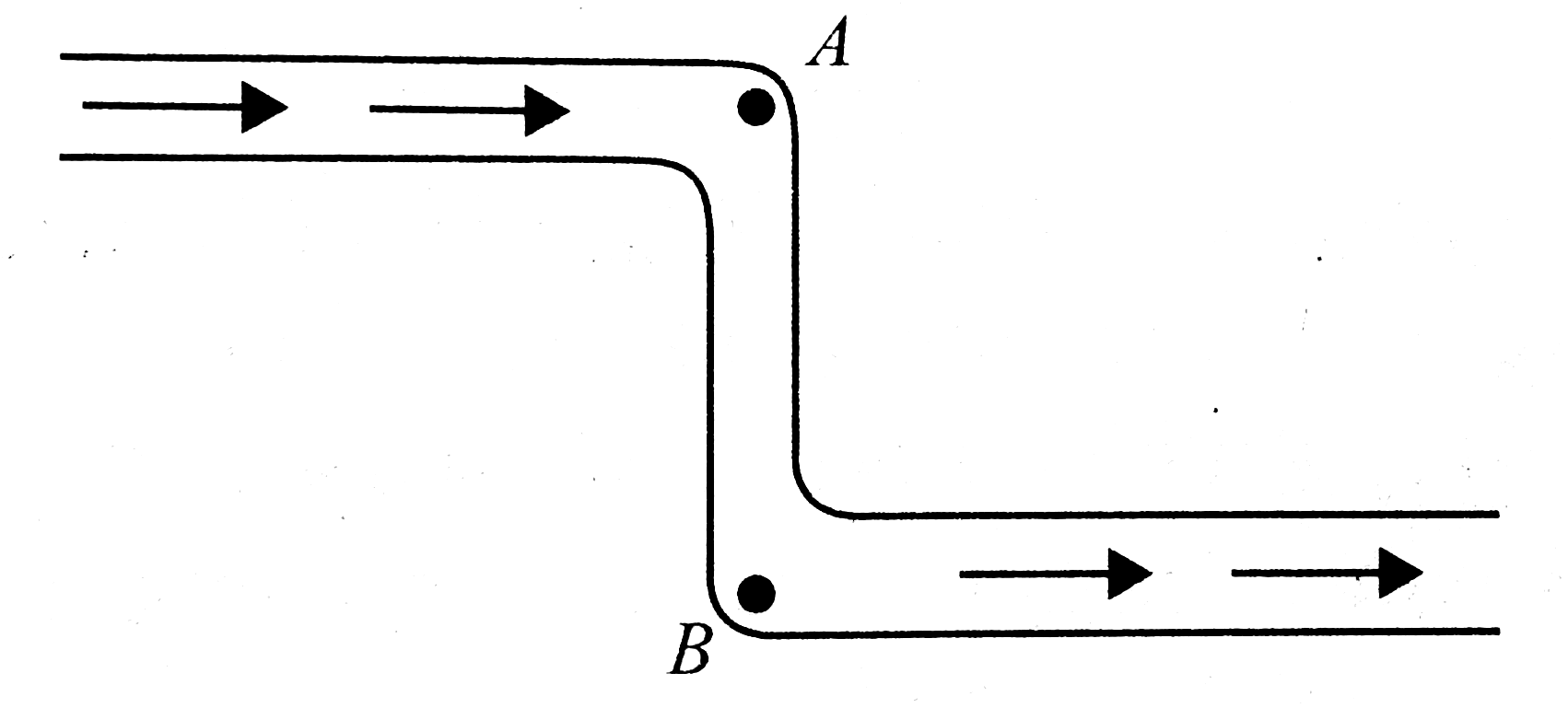 AvA=vBBvA>vBCPA=PBDPB>PA
AvA=vBBvA>vBCPA=PBDPB>PAAn ideal fluid is flowing through the given tubes which is placed on a horizontal surface. If the liquid has velocities VA and VB and pressure PA and PB at point A and B respectively, then the correct relation is (A and B are at same height from ground level. the figure shown is as in the system is seen from the top):
 AVA>VB,PA<PBBVA<VB,PA>PBCVA=VB,PA=PBDVA>VB,PA=PB
AVA>VB,PA<PBBVA<VB,PA>PBCVA=VB,PA=PBDVA>VB,PA=PBFigure shows an ideal fluid flowing through a uniform cross-sectional tube in the vertical tube with liquid velocities vA and vB and pressure PA and PB. Knowing that offers no resistance to fluid flow then which of the following is true.
 APA<PBBPB<PACPA=PBDnone of these
APA<PBBPB<PACPA=PBDnone of these
For an ideal solution with PA>PB , which of the following is true ?
View SolutionIn the figure, the pulley P moves to the right with a constant speed u. The downward speed of A is vA, and the speed of B to the right is vB.

View SolutionIn the figure, the pulley P moves to the right with a constant speed u. The downward spee of A is vA and the speed of B to the right is vB . Then,
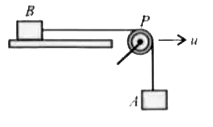
View SolutionIn the figure, the pulley P moves to the right with a constant speed u. The downward speed of A is vA, and the speed of B to the right is vB :
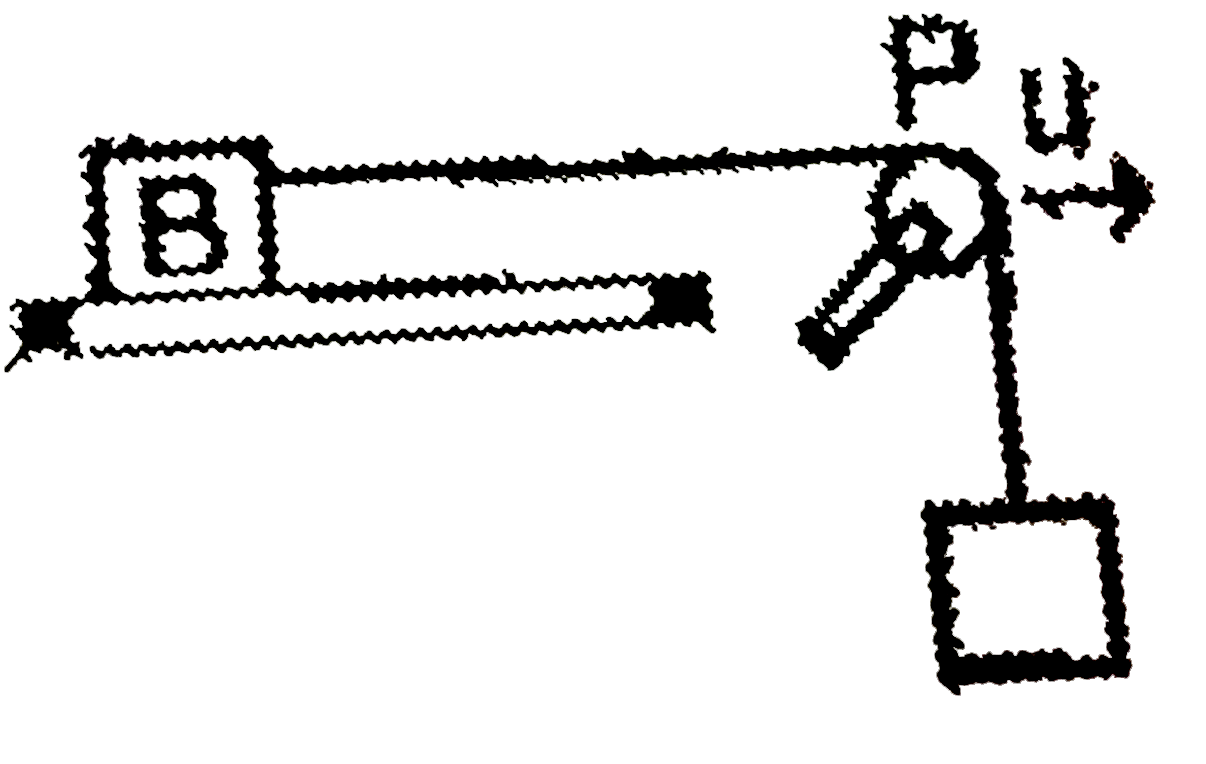
View Solution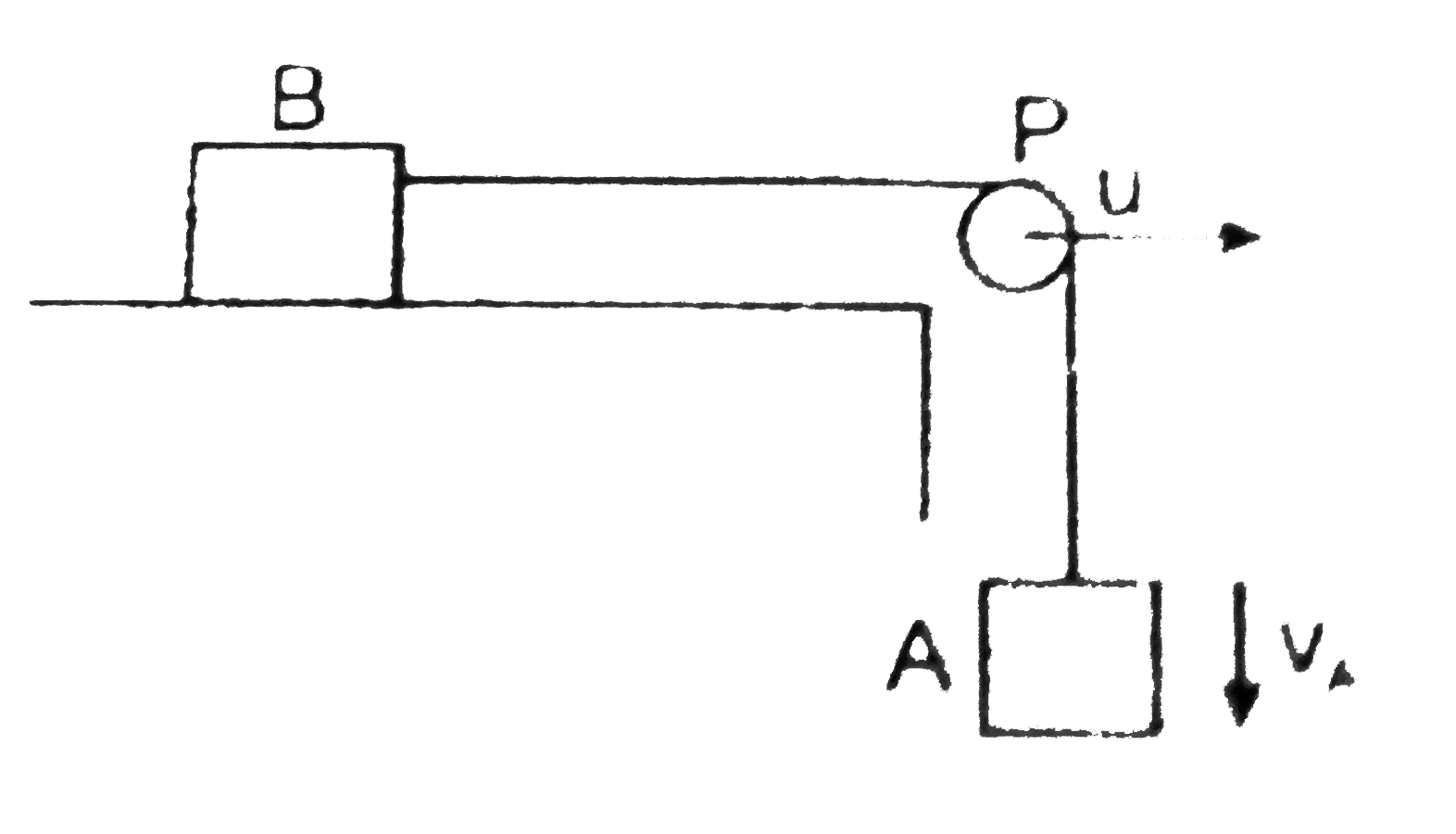
In the figure the pulley P moves to the right with a constant speed u. The downward speed of A is vA and the speed of B to the right VB.
View Solution

